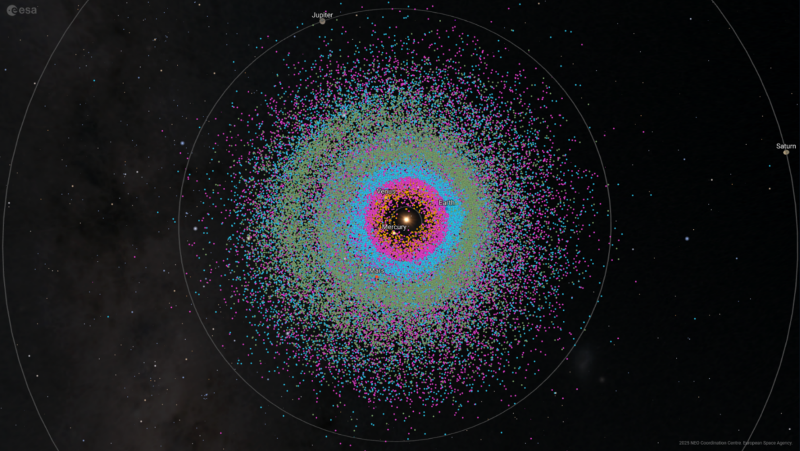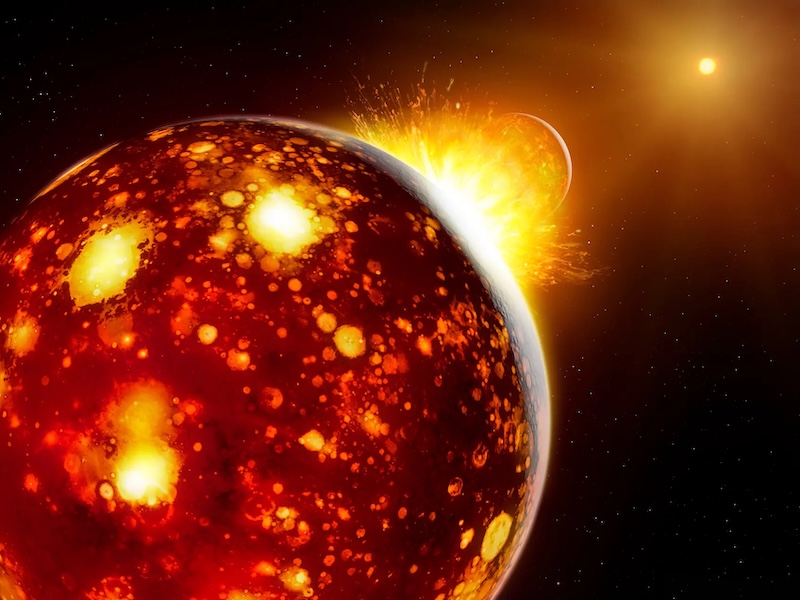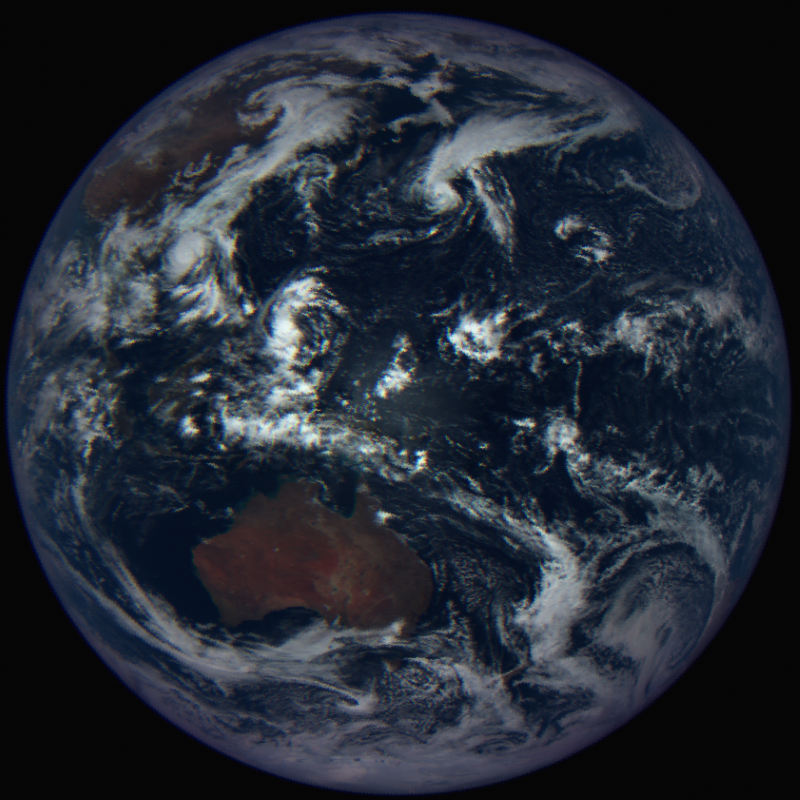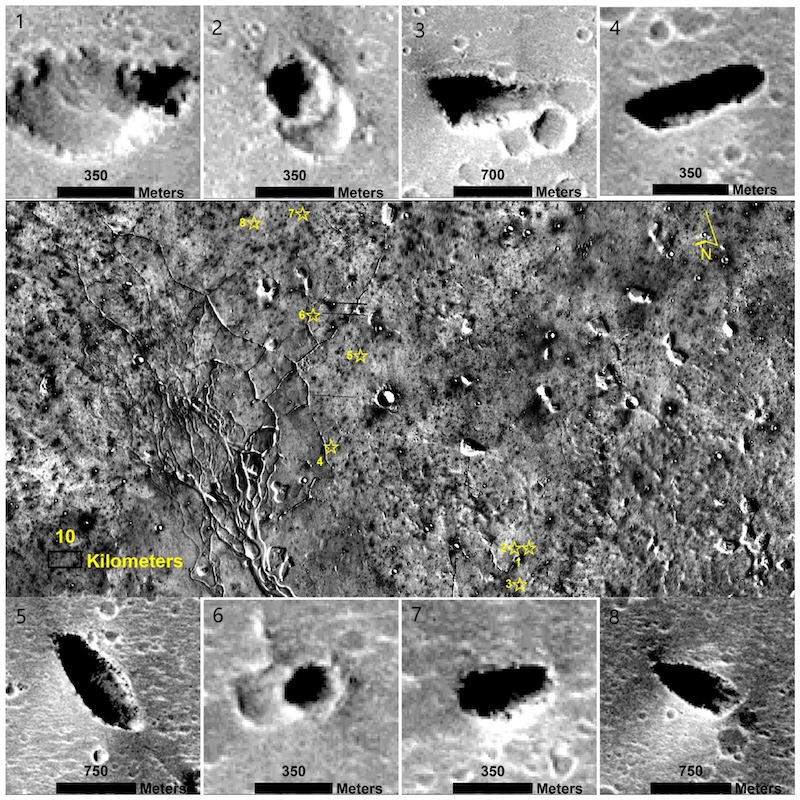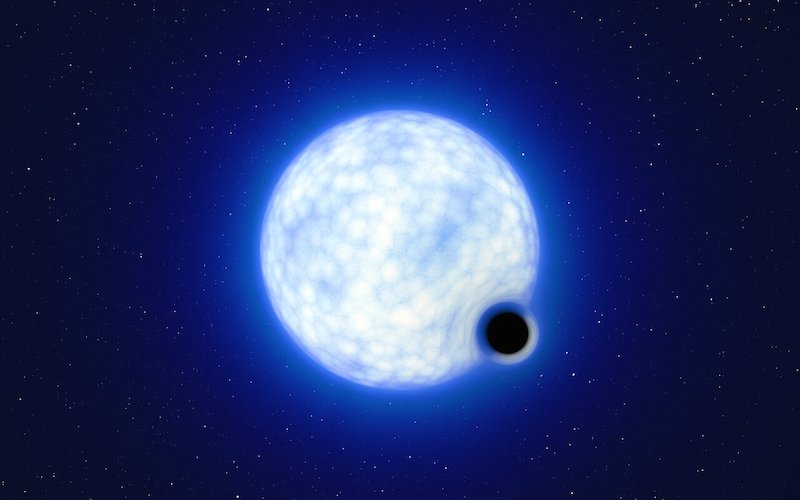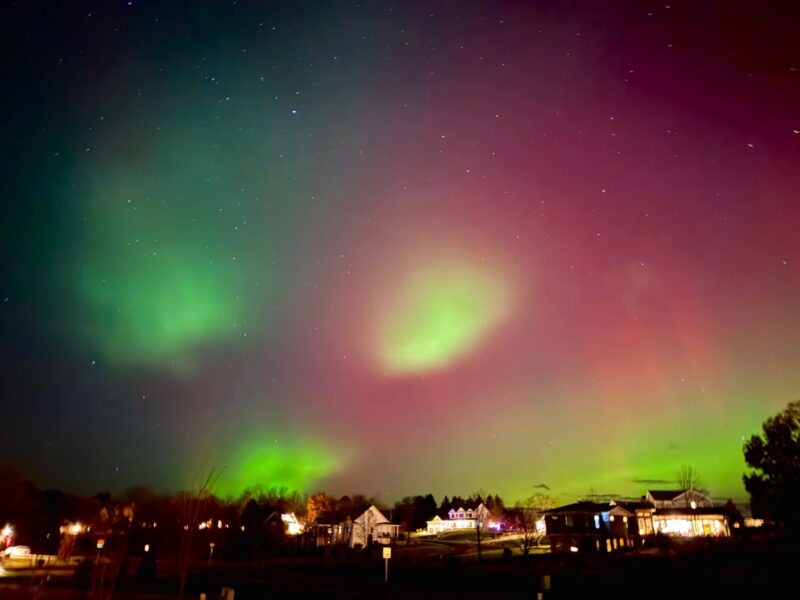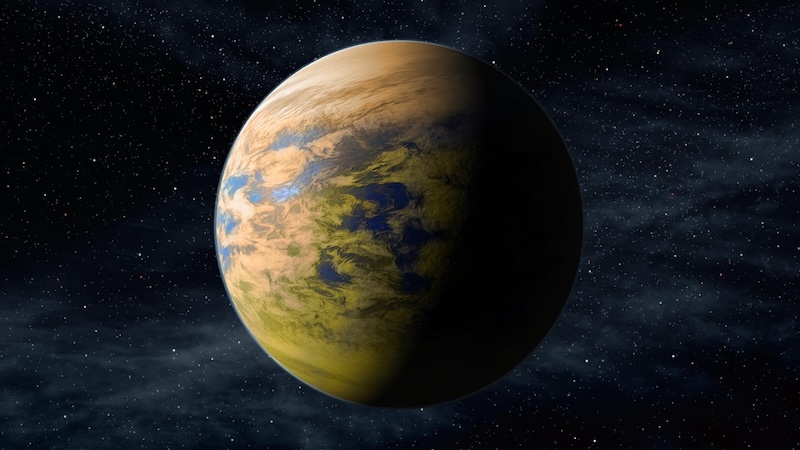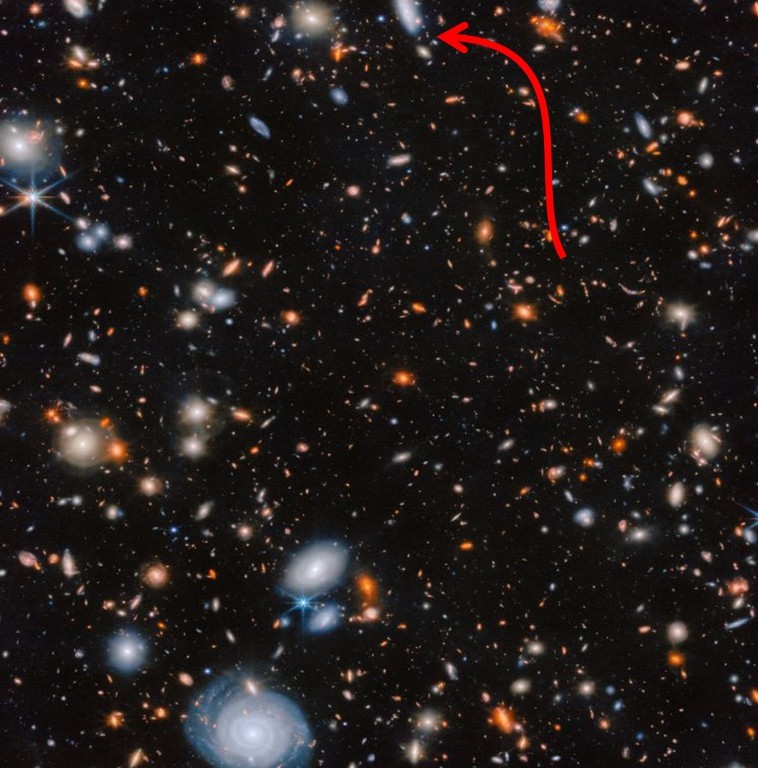The Fermi Gamma-ray Space Telescope captured this gamma-ray view of our Milky Way galaxy between 2009 and 2013. Now, a scientist in Tokyo, armed with a new analysis of Fermi
EarthSky2- Page
As you can see, EarthSky’s lunar calendar shows the moon phases for each day of the year. How to use EarthSky’s lunar calendar EarthSky’s lunar calendar is a unique, beautiful,
The European Space Agency announced that astronomers have now discovered over 40,000 near-Earth asteroids. This illustration comes from ESA’s new Orbit Visualisation Tool. Image via ESA. Originally published by ESA.
View larger. | Theia and Earth collided about 4.5 billion years ago, as depicted in this artist’s concept. The moon then formed out of the chaos. Image via Max Planck
https://earthsky.org/upl/2024/01/ezgif.com-gif-to-webm-converter.webm NASA’s OSIRIS-APEX spacecraft captured this view of Earth as it soared some 2,100 miles (3,400 kilometers) above our planet’s surface on September 23, 2025. For comparison, satellites in low
View larger. | The 8 potential water-carved caves on Mars – called karst caves – are in the martian Hebrus Valles. They’re mapped here in relation to pit lines, outflow
View larger. | Artist’s concept of a black hole system containing a dormant black hole orbiting a massive companion star. A researcher at Vanderbilt University examined what would happen to
View at EarthSky Community Photos. | These green aurora blobs in front of the more distant red and green forms are proton auroras. The images on this page of the
View larger. | Artist’s concept of a rocky planet like Earth with colorful microbes in its clouds. The microorganisms have biopigments similar to ones on Earth. New research shows that
The James Webb Space Telescope captured this image of galaxies floating through space. At top is a Little Red Dot, indicated by the arrow. (See closeup below.) It’s an extremely
-
 012024 in Review: Highlights from NASA in Silicon Valley
012024 in Review: Highlights from NASA in Silicon Valley -
 02Panasonic Leica Summilux DG 15mm f/1.7 ASPH review
02Panasonic Leica Summilux DG 15mm f/1.7 ASPH review -
 03From Polymerization-Enabled Folding and Assembly to Chemical Evolution: Key Processes for Emergence of Functional Polymers in the Origin of Life
03From Polymerization-Enabled Folding and Assembly to Chemical Evolution: Key Processes for Emergence of Functional Polymers in the Origin of Life -
 04How New NASA, India Earth Satellite NISAR Will See Earth
04How New NASA, India Earth Satellite NISAR Will See Earth -
 05And Thus Begins A New Year For Life On Earth
05And Thus Begins A New Year For Life On Earth -
 06Astronomy Activation Ambassadors: A New Era
06Astronomy Activation Ambassadors: A New Era -
07SpaceX launch surge helps set new global launch record in 2024




